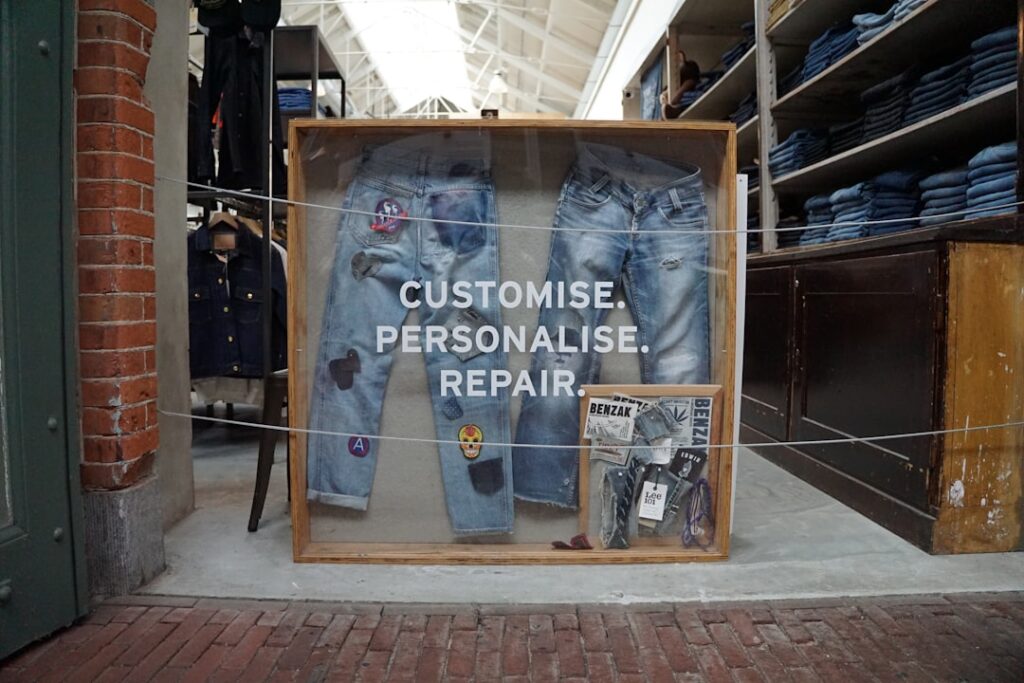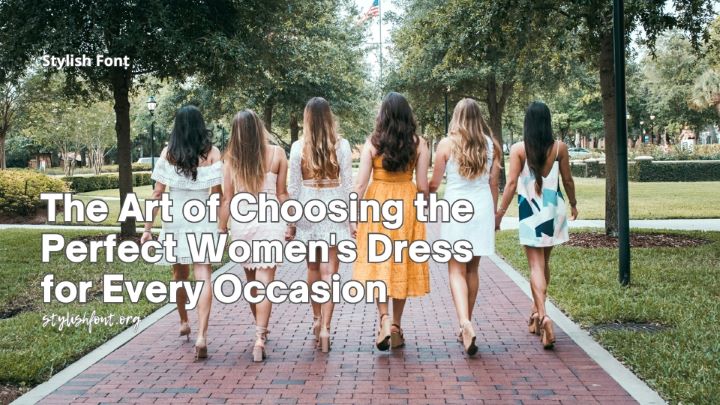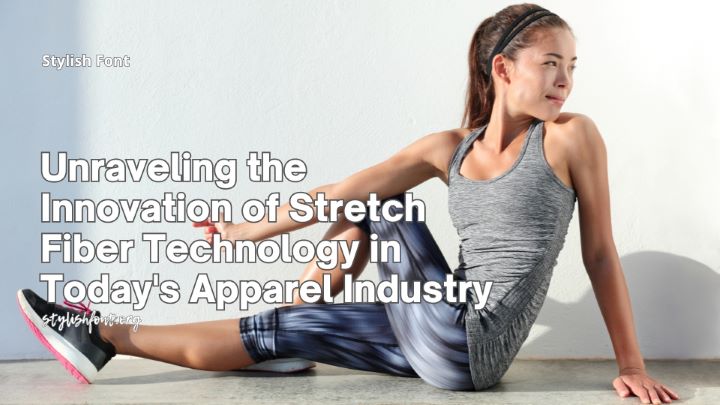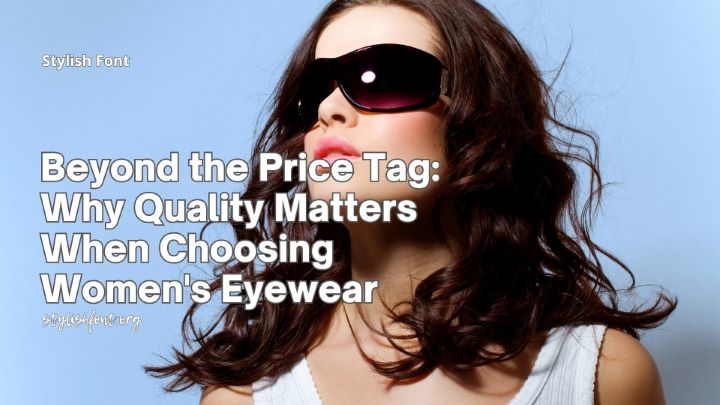The concept of circular design in fashion has undergone a significant transformation over the years, evolving from a niche idea to a mainstream movement. Initially, the fashion industry was characterized by a linear model, where products were created, consumed, and ultimately discarded. This approach not only led to excessive waste but also contributed to environmental degradation.
However, as awareness of these issues grew, so did the recognition of the need for a more sustainable approach. Circular design emerged as a solution, focusing on creating products that are not only aesthetically pleasing but also environmentally responsible. In recent years, the evolution of circular design has been propelled by various factors, including consumer demand for sustainable practices and the increasing visibility of climate change.
Designers and brands began to rethink their production processes, materials, and end-of-life strategies. This shift has led to innovative practices such as upcycling, where discarded materials are transformed into new products, and the use of biodegradable fabrics. As a result, circular design has become synonymous with a new era of fashion that prioritizes longevity and resourcefulness over fast consumption.
Key Takeaways
- Circular design in fashion has evolved to address the environmental impact of the industry.
- Understanding the principles of circular design is crucial for implementing sustainable practices in fashion.
- Circular design has a significant impact on sustainability in the fashion industry by reducing waste and promoting recycling.
- Technology plays a key role in advancing circular design by enabling innovative solutions for sustainable fashion production.
- Implementing circular design strategies is essential for reducing waste in the fashion industry and promoting a more sustainable approach to production.
Understanding the Principles of Circular Design
Designing for Longevity
One of the primary tenets is the idea of designing for longevity. This involves creating garments that are durable and timeless, allowing consumers to wear them for extended periods rather than succumbing to fleeting trends.
Reducing Waste through Closed-Loop Systems
By prioritizing quality over quantity, designers can reduce the frequency of purchases and ultimately minimize waste. Another essential principle is the concept of closed-loop systems. In a circular model, products are designed with their entire lifecycle in mind, from sourcing materials to end-of-life disposal. This means that materials can be reused or recycled at the end of a product’s life, reducing the need for virgin resources and minimizing environmental impact.
Transparency in Supply Chains
Additionally, circular design encourages transparency in supply chains, allowing consumers to make informed choices about the products they purchase. By understanding where materials come from and how they are processed, consumers can support brands that align with their values.
The Impact of Circular Design on Sustainability in Fashion

The impact of circular design on sustainability in fashion is profound and far-reaching. By shifting away from the traditional linear model, circular design promotes a more sustainable approach that addresses some of the industry’s most pressing challenges. One significant benefit is the reduction of waste generated by the fashion industry.
According to estimates, millions of tons of textile waste end up in landfills each year. Circular design aims to mitigate this issue by encouraging practices such as recycling and upcycling, which can significantly decrease the volume of waste produced. Moreover, circular design fosters a more responsible use of resources.
By utilizing sustainable materials and implementing efficient production processes, brands can reduce their carbon footprint and conserve natural resources. This shift not only benefits the environment but also enhances brand reputation among increasingly eco-conscious consumers. As more individuals prioritize sustainability in their purchasing decisions, brands that embrace circular design are likely to gain a competitive edge in the market.
The Role of Technology in Advancing Circular Design
| Technology | Advancements |
|---|---|
| 3D Printing | Allows for on-demand production of parts and products, reducing waste and transportation emissions. |
| Internet of Things (IoT) | Enables real-time monitoring and optimization of resource usage, leading to more efficient and sustainable processes. |
| Artificial Intelligence (AI) | Facilitates predictive maintenance and resource allocation, minimizing material waste and energy consumption. |
| Blockchain | Provides transparent and traceable supply chains, promoting the reuse and recycling of materials. |
Technology plays a pivotal role in advancing circular design within the fashion industry. Innovations in materials science have led to the development of sustainable fabrics that are both high-quality and environmentally friendly. For instance, advancements in biofabrication have enabled designers to create textiles from organic materials such as algae or fungi, offering alternatives to traditional synthetic fibers that contribute to pollution.
Additionally, technology facilitates improved tracking and transparency throughout the supply chain. Blockchain technology, for example, allows brands to provide consumers with detailed information about the origins of their products and the processes involved in their creation. This level of transparency not only builds trust with consumers but also encourages brands to adhere to ethical practices.
Furthermore, digital platforms enable brands to implement take-back programs more efficiently, allowing consumers to return used garments for recycling or repurposing.
Circular Design Strategies for Reducing Waste in Fashion
Implementing effective circular design strategies is crucial for reducing waste in the fashion industry. One prominent strategy is the adoption of modular design principles, where garments are created with interchangeable components. This approach allows consumers to customize their clothing while extending the life of each piece.
By enabling easy repairs or updates, modular designs can significantly reduce the need for new purchases. Another effective strategy is the promotion of rental and resale markets. By encouraging consumers to rent or buy second-hand clothing, brands can extend the lifecycle of garments and reduce demand for new production.
Platforms dedicated to resale have gained popularity in recent years, allowing consumers to give their pre-loved items a second chance while also making sustainable choices. These strategies not only minimize waste but also foster a culture of sharing and reusing within the fashion community.
Collaborations and Partnerships Driving Circular Design Innovation

Collaborations and partnerships have emerged as powerful catalysts for driving innovation in circular design within the fashion industry. By bringing together diverse stakeholders—such as designers, manufacturers, retailers, and environmental organizations—these collaborations can lead to groundbreaking solutions that address sustainability challenges. For instance, partnerships between fashion brands and technology companies have resulted in innovative recycling methods that transform textile waste into new fibers.
Moreover, collaborative initiatives often focus on knowledge sharing and best practices among industry players. By pooling resources and expertise, brands can develop more effective circular strategies while also amplifying their impact on sustainability efforts. These partnerships not only foster innovation but also create a sense of community within the industry, encouraging collective action toward a more sustainable future.
The Consumer Perspective: Embracing Circular Fashion
From the consumer perspective, embracing circular fashion represents a shift in mindset toward more sustainable consumption habits. As awareness of environmental issues grows, many consumers are actively seeking out brands that prioritize circular design principles. This shift is evident in the increasing popularity of thrift shopping and clothing swaps, where individuals can exchange garments rather than purchasing new ones.
Furthermore, consumers are becoming more discerning about their purchasing decisions, often researching brands’ sustainability practices before making a purchase. This trend has prompted many companies to adopt transparent marketing strategies that highlight their commitment to circularity. By engaging with consumers on social media platforms and sharing stories about their sustainable practices, brands can foster a loyal customer base that values ethical consumption.
Circular Design and the Future of Fashion Industry
The future of the fashion industry is increasingly intertwined with circular design principles as brands recognize the need for sustainable practices in an ever-evolving market landscape. As consumer preferences shift toward eco-friendly options, companies that fail to adapt may find themselves at a disadvantage. The integration of circular design into business models not only addresses environmental concerns but also opens up new avenues for innovation and creativity.
Looking ahead, it is likely that circular design will become a standard practice rather than an exception within the industry. As technology continues to advance and consumer awareness grows, brands will be compelled to rethink their approaches to production and consumption. This evolution presents an opportunity for designers to explore new materials and techniques while fostering a culture of sustainability that resonates with future generations.
Challenges and Opportunities in Implementing Circular Design
While the potential benefits of circular design are significant, there are also challenges associated with its implementation in the fashion industry. One major hurdle is the need for widespread industry collaboration; many brands operate within competitive environments that may hinder cooperation on sustainability initiatives. Additionally, there may be resistance from consumers who are accustomed to fast fashion habits and may not fully understand or appreciate the value of circular practices.
Despite these challenges, opportunities abound for brands willing to embrace circular design principles. As consumer demand for sustainable options continues to rise, companies that invest in circular strategies can differentiate themselves in a crowded market. Furthermore, government policies aimed at promoting sustainability may provide additional support for brands seeking to transition toward more responsible practices.
Case Studies of Brands Leading the Way in Circular Fashion
Several brands have emerged as leaders in circular fashion by successfully implementing innovative practices that prioritize sustainability. One notable example is Patagonia, which has long been committed to environmental responsibility through its use of recycled materials and repair programs for worn-out garments. The brand’s “Worn Wear” initiative encourages customers to repair rather than replace their clothing, promoting a culture of longevity.
Another exemplary case is Eileen Fisher, which has developed a robust take-back program that allows customers to return used garments for resale or recycling. The brand’s commitment to transparency and ethical sourcing has garnered a loyal following among consumers who value sustainability. These case studies illustrate how embracing circular design can lead to positive outcomes for both brands and consumers alike.
The Importance of Education and Awareness in Promoting Circular Design
Education and awareness play crucial roles in promoting circular design within the fashion industry. As consumers become more informed about sustainability issues, they are better equipped to make conscious choices regarding their purchases. Brands can facilitate this process by providing educational resources that explain the benefits of circular design and how it contributes to environmental conservation.
Moreover, educational initiatives can extend beyond consumers to include industry professionals and aspiring designers. By incorporating sustainability principles into fashion education programs, future generations of designers will be better prepared to embrace circular practices in their work. Ultimately, fostering a culture of awareness around circular design will empower individuals at all levels—consumers, designers, and brands—to contribute to a more sustainable future for fashion.
FAQs
What is circular fashion?
Circular fashion is a sustainable approach to the design, production, and consumption of clothing and accessories. It aims to minimize waste and environmental impact by promoting the reuse, recycling, and upcycling of materials, as well as extending the lifespan of garments.
How does circular fashion differ from traditional fashion?
Traditional fashion follows a linear model, where garments are produced, consumed, and then discarded. Circular fashion, on the other hand, aims to create a closed-loop system where materials are continuously reused and recycled, reducing the need for new resources and minimizing waste.
What are the key principles of circular fashion?
The key principles of circular fashion include designing for longevity, using sustainable and recyclable materials, promoting repair and maintenance, enabling recycling and upcycling, and encouraging a shift towards a more sustainable and ethical fashion industry.
What are some examples of circular fashion practices?
Examples of circular fashion practices include clothing rental and leasing, resale and second-hand markets, upcycling and repurposing old garments, using recycled and sustainable materials, and implementing take-back and recycling programs for used clothing.
Why is circular fashion important?
Circular fashion is important because it addresses the environmental and social impacts of the fashion industry, such as resource depletion, pollution, and labor exploitation. By promoting sustainable and circular practices, it aims to reduce the industry’s negative effects and create a more ethical and environmentally friendly fashion system.





